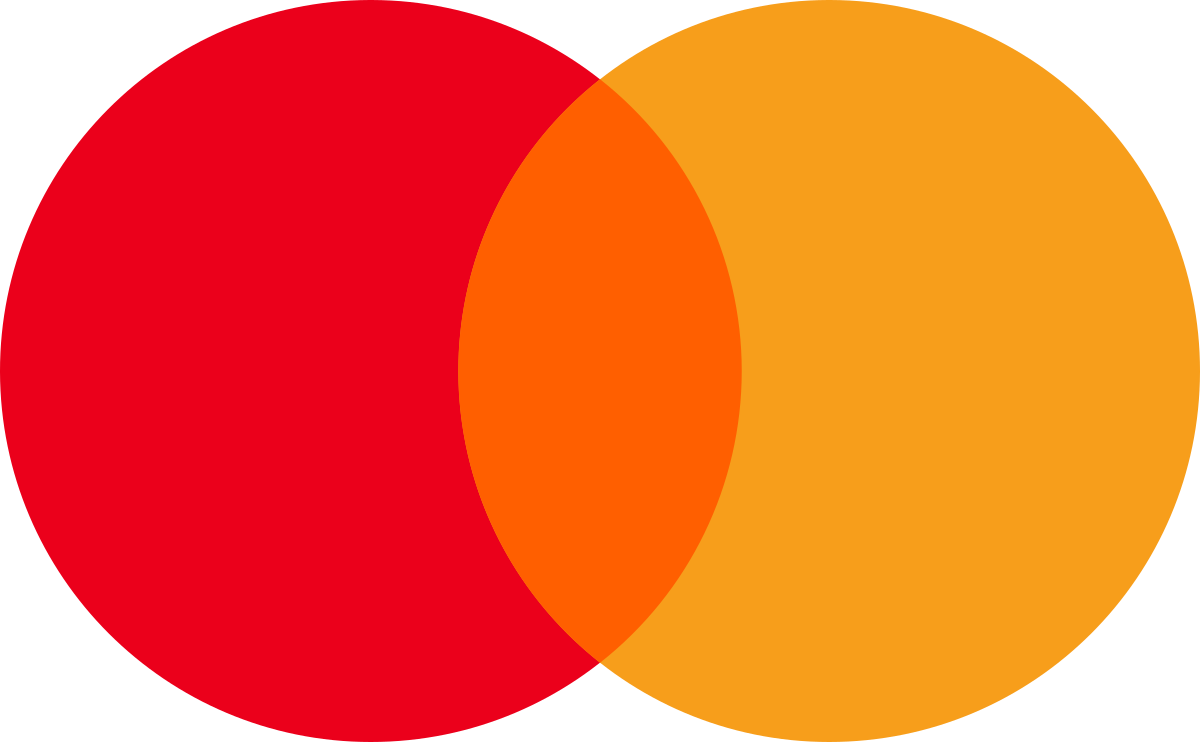
Investing During Market Downturns: A Strategic Approach
Investing during market downturns can be a strategic move for those looking to capitalize on lower stock prices, as suggested by the recent InvestorPlace article. The focus on companies like Bank of America (BAC:NYSE), Novo Nordisk (NVO:NYSE), and Mastercard (MA:NYSE) provides a clear path for investors aiming to profit from panic-induced market dips. Each of these companies has unique strengths and challenges that, when analyzed in the context of current economic conditions, reveal potential investment opportunities.
Bank of America’s Financial Robustness
Bank of America stands out for its financial robustness, particularly in challenging economic times characterized by high inflation and rising interest rates. The bank’s strategy to hold onto its assets in its held-to-maturity portfolio, despite unrealized losses of $122.8 billion, demonstrates a long-term view that could benefit investors. This approach suggests that Bank of America is prepared to weather financial storms, making any significant drop in its stock price an attractive entry point for investors looking for stability and potential recovery in the banking sector.
Novo Nordisk’s Market Dominance
Novo Nordisk’s dominance in the weight-loss drug market, with a significant 54.8% share of the GLP-1 market, underscores its competitive edge. The company’s success with Ozempic and Wegovy, despite facing stiff competition, highlights its innovative capabilities and the potential for growth. Novo Nordisk’s efforts to expand its drug applications, including the development of an oral version, could further solidify its market position. Investors should view any substantial price dips as opportunities to invest in a company at the forefront of medical innovation in a high-demand sector.
Mastercard’s Role in the Payments Industry
Mastercard’s role as a key player in the payments processing industry is crucial, especially considering the importance of consumer spending to the U.S. economy. The company’s recent stock performance, with a price increase of $2.48 and a trading range between $436.9 and $445.26, reflects its resilience and the ongoing consumer spending trends. Despite potential risks from rising inflation and interest rates that could impact consumer finances, Mastercard’s market capitalization of around $410.63 billion and a trading volume of 3,711,610 shares indicate a strong position in the market. Any weakness in Mastercard’s stock price should be seen as a buying opportunity, especially for investors looking to gain exposure to the payments industry.
The insights from Rich Duprey in the InvestorPlace article, combined with the current financial data, offer a comprehensive view of why Bank of America, Novo Nordisk, and Mastercard are considered valuable picks during market downturns. Their ability to navigate through economic challenges, coupled with specific growth opportunities, makes them attractive to investors seeking to “profit from the panic.” As the market evolves, keeping an eye on these companies’ performances and the broader economic indicators will be key to making informed investment decisions.

